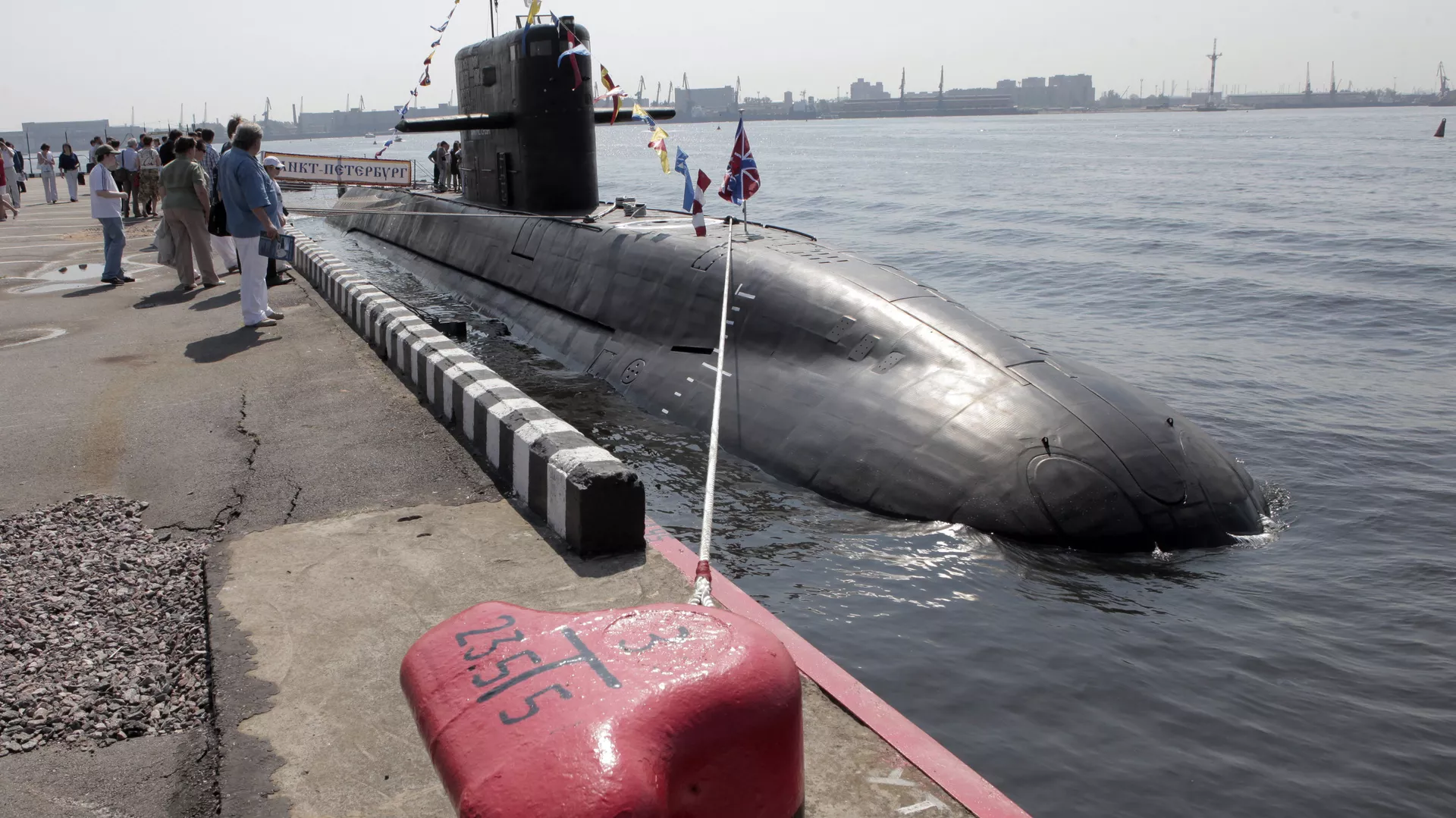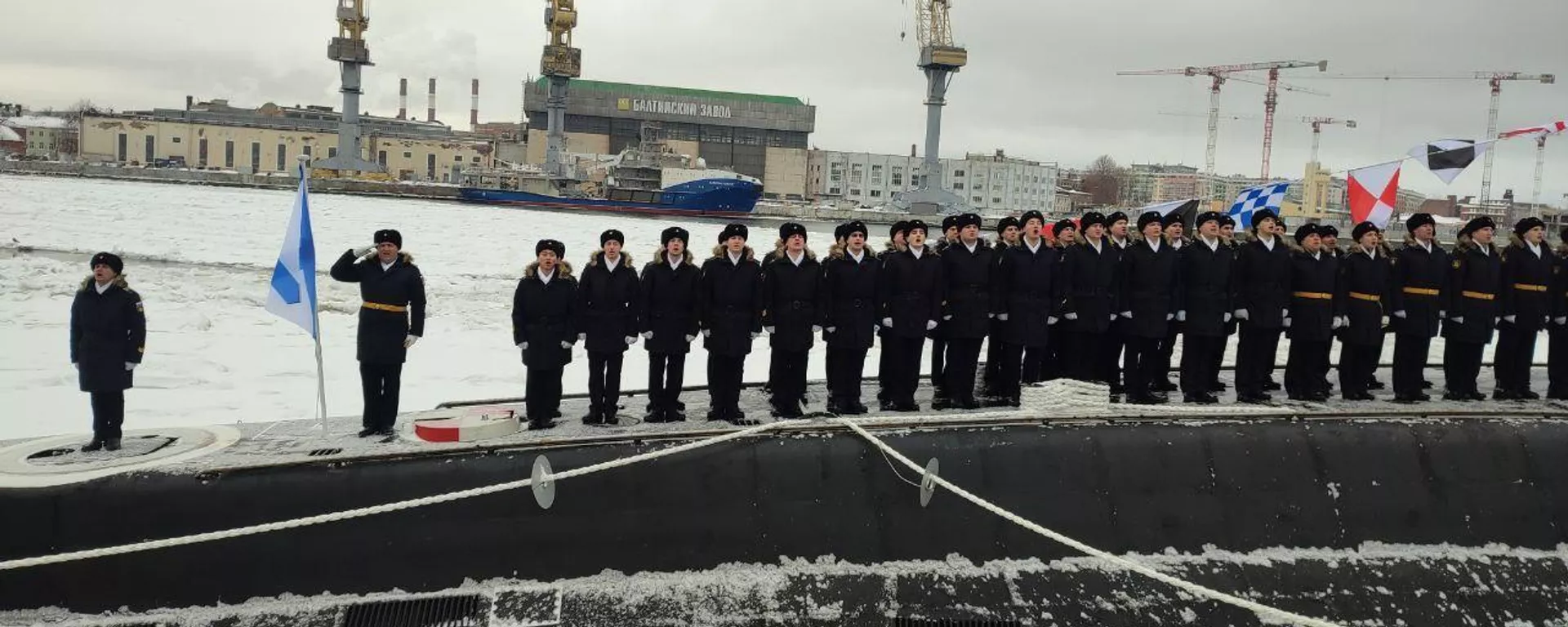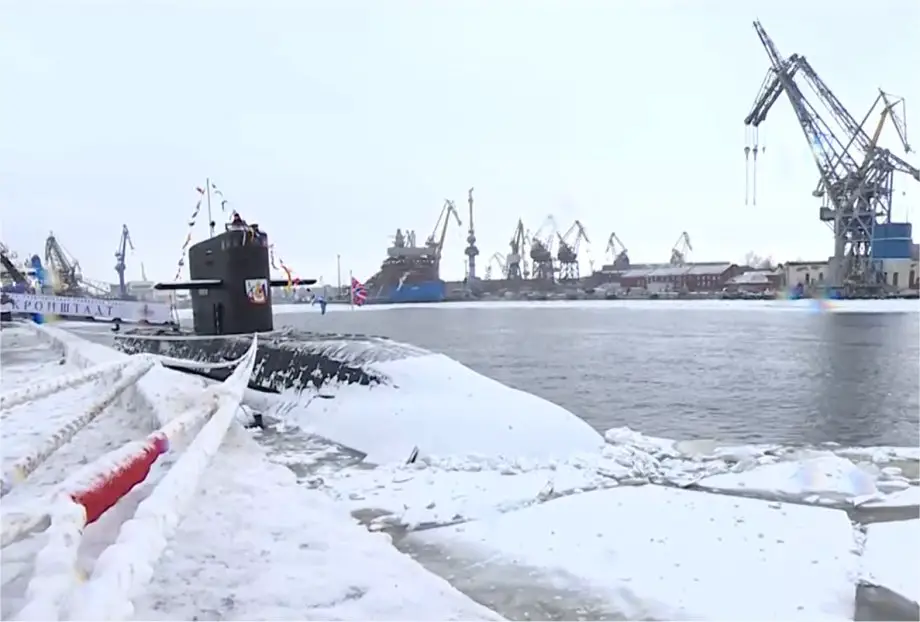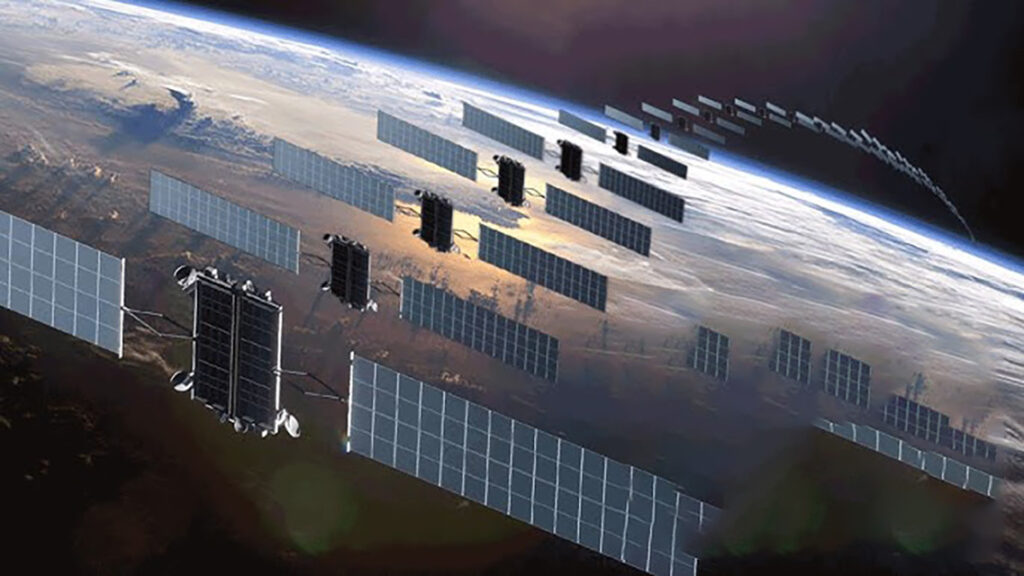Lada class sub brief - Old style design submarine
Aaron Amick
We did a lot of research on this one because there's not a lot of public information on this lesser-known Russian submarine
Our Story begins really in 1987. The cold war is really at its peak. This is right before the five-year or so decline to the end of the Soviet Union and they're just going all out with their spending coming up with new ideas. A lot of the money at the end of the Soviet Union was really put into rocket technology and missiles and things like that, but they also put a lot of money into the Navy and one of the new ideas was to get away from nuclear propulsion for our submarines because conventional is cheaper for one and we can get a lot of performance out of these diesel conventionally powered submarines and that spurred on this idea part of which was from the kilo.
The kilo class conventionally powered submarine was a major success for the Soviet navy. They built a ton of those boats and they improved to modernize them over and over again to where they were going to be very well. The kilo is absolutely famous for being an outstanding sub and this submarine the lot of submarine that nobody knows about is the replacement for the kilo
This is the new kilo. This is the new super stealth sub that is entering Russian Service as of this year and nobody knows about it, so that's what we're going to fix today. We're going to tell you about this new sub and what a hunk of junk it is. The reason why it's so secret is they're embarrassed to tell anybody about it. This is a complete train wreck from design to construction to sea trials that nearly killed people on board. It's a mess This submarine was designed by the very respected Ruben Central Design Bureau. Now they have a ton of successes under their belt. They've built every major nuclear submarine for the Russian Navy and a couple submarines that were not nuclear, as well designed them including the kilo class so they can design Subs. But something went terribly wrong with this one.
Designed around a unique implementation of air-independent propulsion (AIP) technology, the new Project 677 Lada
submarines were meant to provide the Russian navy with a modernized,
cost-efficient complement to nuclear-powered submarines. But the Lada
project stalled amid technical difficulties, leading the manufacturer to
abandon AIP propulsion altogether in favor of a traditional
diesel-electric system. Project 677’s place on the looser list is a reflection
of the fact that the Russian shipbuilding industry has failed to
implement the submarines’ core defining feature, dooming what was a
potentially innovative class to long-term technical irrelevance.
Russia's AIP-powered Lada-class submarines: A significant advancement in non-nuclear underwater warfare
Russia's Lada-class submarines, also known as Project 677, utilize air-independent propulsion (AIP) technology, setting them apart as the first class of AIP-powered submarines in the Russian Navy. This technological leap allows for underwater operations without the need for atmospheric oxygen, enhancing their stealth capabilities and effectiveness in anti-submarine warfare.
Improvements over the Kilo-class submarines include better acoustic signatures, advanced combat systems, a mono-hull design, increased speed, and reduced surface displacement for maneuverability. Lada-class submarines are equipped with modern sonar systems, automated combat control, and countermeasure electronic support.
Despite initial plans to replace older Kilo-class submarines, construction of additional Improved Kilo-class boats has been ordered due to setbacks with the Lada-class program. Overall, the development and implementation of the Lada-class submarines represent a significant advancement in non-nuclear underwater warfare technologies.
Developer: Stealth Capabilities of 677 Lada Subs Outshine Its Predecessors

The 677 Lada-class diesel-electric submarines are designed for reconnaissance, surveillance, anti-submarine warfare, anti-shipping, and mine-laying missions. The subs are equipped with advanced technology, including improved stealth capabilities, enhanced communication systems, and advanced torpedoes.
The first serial-produced Project 677 Lada submarine, the Kronstadt, built at the Admiralty shipyards in St. Petersburg, is being readied for delivery to the Russian Navy.

 Commissioning ceremony of the Project 677 Lada submarine Kronshtadt. (Picture source: Tvspb)
Commissioning ceremony of the Project 677 Lada submarine Kronshtadt. (Picture source: Tvspb)

No comments:
Post a Comment